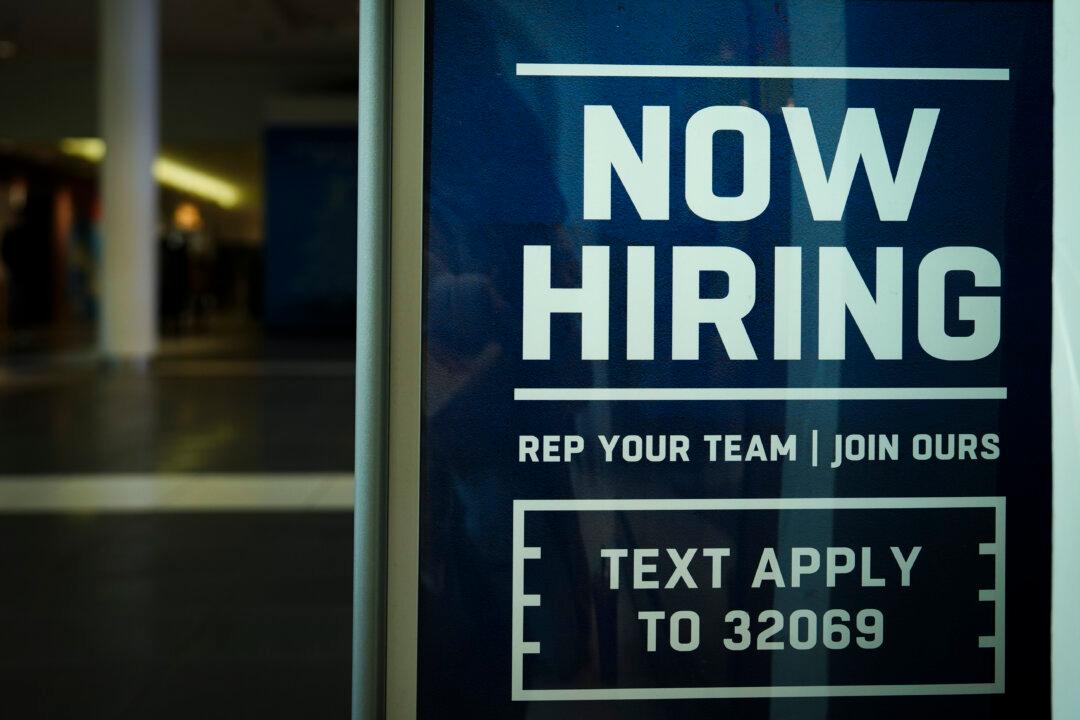The U.S. economy added only 332,000 private-sector jobs in the second quarter of 2023, much lower than was initially reported by the Bureau of Labor Statistics (BLS) for the April-to-June 2023 period.
In the three months that ended in June 2023, gross job gains from opening and expanding private companies totaled 8.1 million, up 79,000 from the previous quarter. Gross employment losses from closing and contracting establishments were 7.8 million, up 723,000 from the previous quarter.





